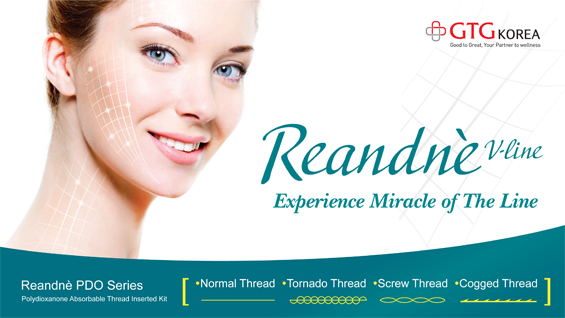
I think it is important to respect the standards of beauty shared by a country or a gender group. As for the gender-specific standards of attractiveness, men tend to be seen as attractive when they have a smooth jawline, a gentle rise of the cheekbones, full forehead, and sufficient height of the nose bridge. On the other hand, women are seen as beautiful when they have an inversed triangular outline of the lower face, round and dainty shape of the cheekbone from the profile, full and symmetrical forehead, and balanced facial bone structure.
As Dr. Rhee Seungchul of Dongguk University Ilsan Hospital has discussed in his series on standards of attractiveness in different countries, what people view as beautiful differ depending on the continent. In African women, a narrow nose, smaller eyes and thinner upper lip, and narrow chin are seen as traits of an attractive face. In Caucasian women, a masculine, angular outline of the jaws, slight protrusion of the cheekbones, and thick lips are considered attractive. As for Asians, narrow distance between cheekbones, longer chin, slim and narrow outline of the face are preferred in China, upward slants of the eyes, longer face, sharp chin and full cheeks are preferred in Japan. As for Koreans, an egg shaped facial outline, and a wide nose bridge are seen as beautiful. Aesthetic clinicians must have a good understanding of these differences between races.
It is also important to choose the right order of procedures when combining various treatments. It may differ depending on the case, however, the upper face is generally treated before the lower areas. The general order is; eye area, cheekbones, nasolabial lines, cheek, nose, mouth and chin/jaw, etc. If a patient wants to correct the nasolabial lines, combining eye area treatments can enhance the outcome.
After correcting the musculoskeletal structure, fat volume and elasticity, for removing the aging signs, the doctor should be able to predict the outcome not just in a motionless face but in an expressive face as well. Overcompensation following botulinum toxin injection or deeper marionette lines that can arise after the filler injection in the jaws should be avoided.
Such efforts are leading more doctors to study facial anatomy. The treatment outcome depends on the doctor’s scientific knowledge and experience. a doctor has everything to gain from increasing his knowledge about facial structure. However, relying solely on textbooks can be dangerous as individual differences in each patient should be also considered. Each patient should be treated differently depending on their particular conditions and expectations to maximize the patient satisfaction with the outcome. Many surgeons ask about the depth, site, interval of treatment but my answer is always ‘they differ depending on the patient’.
Thanks to the recent global popularity of Korean pop music, TV series and movies, etc. the markets for Korean aesthetic medicine and cosmetics are growing rapidly. Medical technology and products are being developed and improved quickly. However, this fast pace of change is not seen in the treatment techniques.
[Advertisement] Reandnè Thread Series – Manufacturer: GTG KOREA(www.gtgkorea.com)
Plastic surgeons should be able to correct the outcome of a wrongly performed procedure. It requires a high level of skills but will help increase the safety of their procedures.
Examples of Total Rejuvenation Therapy
I use the following methods for non-surgical nasal ala reduction. This is the first of many discussions on specific combination therapies for different areas. I hope the readers find this helpful as I will share the techniques that I have found to be most effective in my practice.
<Box>
1. Inject 1cc of lidocaine in each of the nasal lateral groove for local anesthesia.
2. After about 3 minutes, inject 6 unites of Botox (botox unit 0.15cc + lidocaine 0.1cc) in each nasal ala. Inject about 0.125cc in each side.
3. Insert 5-15 threads into each of the ala.
.png)
<Figure 2> Insert 10 sutures into each side.
.jpg)
<Figure 3> 45 days after treatment
-To be continued




















